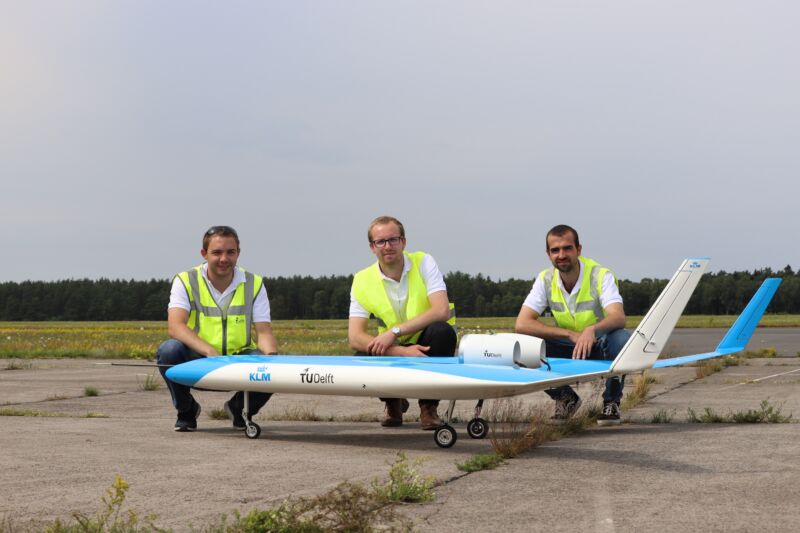
The weird and wonderful Flying-V made a successful first flight
The plane, designed in the Netherlands, was affected by Dutch roll. …

reader comments
141 with 81 posters participating, including story author
When it comes to new airplanes, the airline industry rarely strays outside its comfort zone. “A cigar-shaped fuselage atop a pair of wings, with three stabilizers at the back” describes pretty much every airliner in service today. Convergent evolution means there aren’t even very many double-deckers left, and most planes carry their engines under the wings. Which is why the Flying-V is such a breath of fresh air.
We looked at this weird-looking concept a couple of times in 2019. Originally, it was the brainchild of a graduate student at the Technical University of Berlin, then working on his thesis at Airbus. A year later, it attracted the attention of a research group at TU Delft in the Netherlands, which has worked with Dutch airline KLM to develop the idea as a celebration of the airline’s centenary.
Instead of a conventional airliner design, the Flying-V is just a pair of fat wings joined in a V. Passengers would sit toward the front, along the leading edges, with cargo space closer to the wingtips. The jet engines are above the wings, located at the back of each wing opposite a small vertical fin. A full-size Flying-V would have the same width as an Airbus A350—keeping things simple for airports—but would use 20 percent less fuel.
It’s still
Continue reading – Article source




